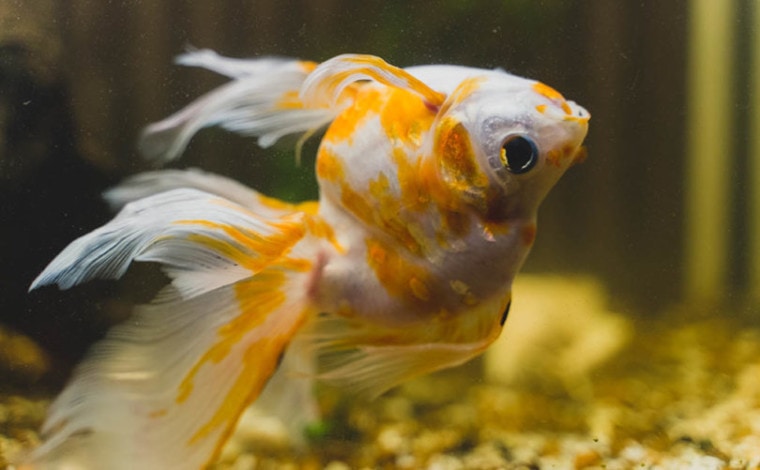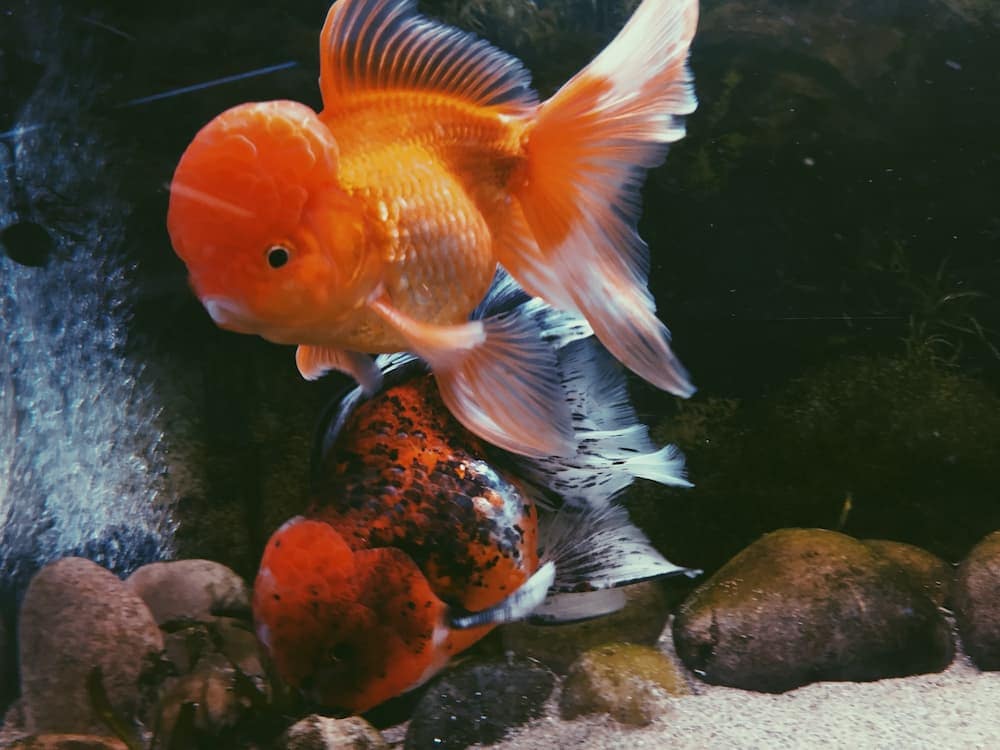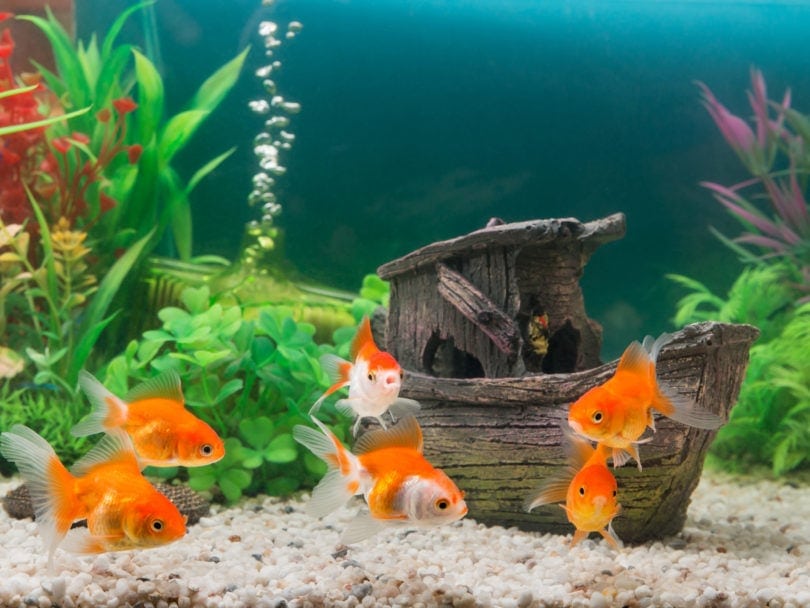
If you’re new to taking care of goldfish, you might not know that they can get constipation and indigestion. In fact, goldfish are prone to developing both (but especially constipation), and if you aren’t careful, it could lead to serious issues. Pretty scary, right? Especially if you don’t know the signs of constipation and indigestion in goldfish. What should you even be looking for?
There are a few symptoms you can see if your goldfish is constipated or suffering from indigestion. There are also ways to treat these issues before they become serious and to prevent them from happening at all (or keep them from happening as often).
Here’s what you should know about goldfish constipation and indigestion!
Constipation & Indigestion in Goldfish
Both constipation and indigestion can prevent your goldfish from properly excreting waste. This waste puts pressure on the swim bladder, leading to issues for that organ. And in the case of indigestion, your goldfish will be passing gas into this bladder, which then over inflates it. When this occurs, it leads to what is known as swim bladder disorder.
While other issues can lead to swim bladder disorder, constipation and indigestion are the most common reasons this can occur. And if swim bladder disorder isn’t treated, it could lead to permanent issues.
So, what causes constipation and indigestion? Most of the time, it’s an issue with their diet. However, it could be the result of a disease, such as a Hexamita infection (though this is less likely).

What Signs Should I Look For?
Luckily, the signs of constipation and indigestion in goldfish are relatively easy to see—if you’re paying attention to your fish. Here’s what you should be looking for.
The most obvious sign you’ll see will be your fish floating or swimming in an abnormal way.
That said, you should also be aware of something known as dropsy (or the build-up of fluid in your fish’s abdomen), as it can produce signs that are similar to those of constipation and indigestion.
Many goldfish die as a result of improper feeding, diet, and/or portion sizes – which can be easily prevented by proper education.
That's why we recommend the best-selling book, The Truth About Goldfish, which covers everything about goldfish nutrition, tank maintenance, illnesses & more! Check it out on Amazon today.
Treatment
Once you notice your goldfish is dealing with the above symptoms, it’s time to begin treatment. Luckily, the treatment for constipation and indigestion is pretty straightforward.
Within a week or so, your goldfish should be back to its usual self. If it isn’t, you should probably contact your vet to see if something more serious is going on.
Prevention
Because the most common cause of constipation and indigestion in goldfish is a poor diet, prevention is easy as well! You simply need to change your fish’s diet. Instead of feeding them flake or floating pellet food, opt for a sinking pellet made specifically for them. Another way to make pellets sink is to pre-soak them and then slowly squeeze them to release the trapped air inside them (which enables them to float).
In addition, you can feed your goldfish green foods, such as algae, aquatic plants like Egeria densa, tinned peas, spinach, and very small pieces of cucumber. These foods are rich in fiber and should prevent constipation and indigestion. Bloodworms are a protein-rich source that also contains fiber, which can be a beneficial addition to your goldfish’s diet.

Summary
Though constipation and indigestion are common occurrences in goldfish, they are also pretty easy to recognize. You’ll likely notice the most obvious sign, which is your fish’s inability to swim correctly. Once you’ve noticed your fish is unhealthy, treatment usually takes a week or so. Prevention is simple as well; you will likely need to modify your goldfish’s diet to incorporate fiber-rich ingredients to avoid either of these intestinal issues!
Other Goldfish Reads:
- Tropical Fish vs Goldfish: Which One Is Right for You?
- Can Goldfish See Color? Fact vs Fiction
- Adding Chemicals or Additives to Goldfish Tank: Is it Necessary?
Featured Image Credit: M-Production, Shutterstock










